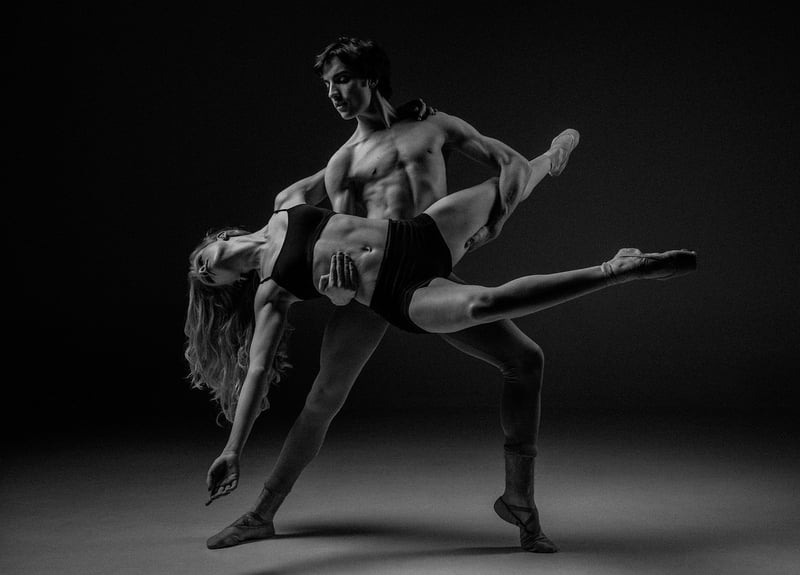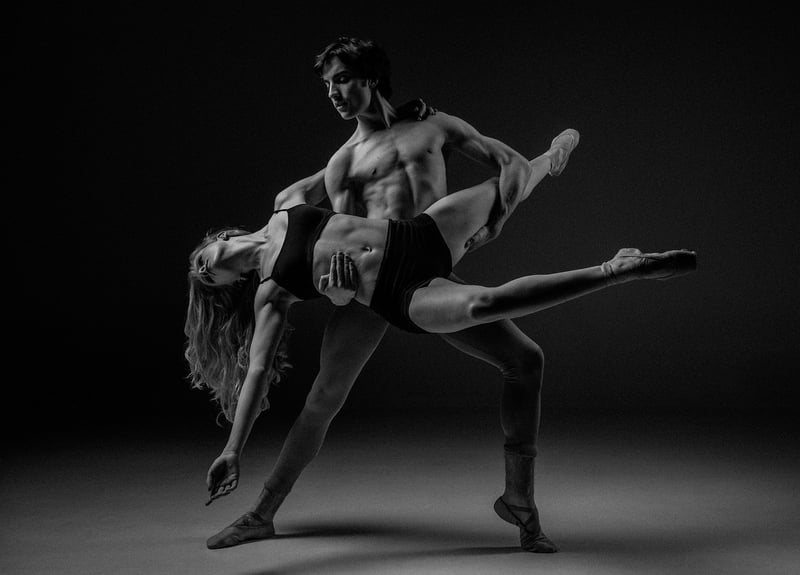Salsa
Exploring Expressive Movement Forms: The Passion of Salsa Dancing

When it comes to expressive movement forms, few dances embody passion, rhythm, and joy quite like salsa. Originating in the Caribbean, salsa dancing has captivated dancers and audiences worldwide with its infectious energy and sensual movements.
The Origins of Salsa
Salsa traces its roots back to Cuba, where a fusion of African and European dance styles blended to create this vibrant and dynamic art form. As immigrants from various Latin American countries spread salsa around the world, it evolved to incorporate elements of mambo, cha-cha-cha, and other dances, resulting in the diverse and exciting salsa styles we see today.
The Art of Salsa Dancing
At its core, salsa is a partner dance characterized by intricate footwork, rhythmic hip movements, and fluid body isolations. Dancers communicate through a series of steps and turns, often improvising and responding to the music in real-time. The connection between partners is crucial, with leads guiding the dance and follows interpreting and embellishing the movements.
The Benefits of Salsa
Beyond its artistic expression, salsa dancing offers a range of physical and mental benefits. From improved coordination and balance to enhanced cardiovascular fitness, salsa provides a full-body workout that engages both the mind and body. Moreover, the social aspect of salsa dancing fosters connections and friendships, creating a vibrant community of dancers.
Getting Started with Salsa
Whether you're a seasoned dancer or a complete beginner, salsa offers something for everyone. Many dance studios and community centers offer salsa classes for all levels, providing a supportive environment to learn and grow as a dancer. Grab a partner or join a group class to experience the thrill of salsa dancing firsthand!
Embrace the passion and rhythm of salsa dancing, and let this expressive movement form ignite your spirit on the dance floor!

Image sources: Pixabay.com
